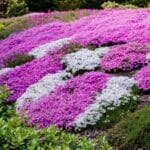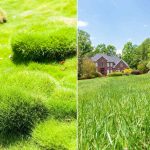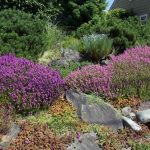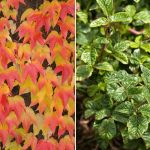If you are planning to install a lawn and you’re undecided about which grass to choose between, Bermuda grass vs Zoysia, we’re here to help you!
Bermuda grass and Zoysia are resilient and can tolerate high traffic; however, Bermuda grass is pretty much sturdier and can withstand heavier traffic than Zoysia grass, including children regularly playing on the lawn.
It’s worth noting that Zoysia is more resistant to pests and diseases than Bermuda grass, although both lawn types of grass do suffer from disease and pest attacks.
In this article, we will help you understand the differences between Zoysia grass and Bermuda grass to decide on which of them is better for your lawn.
Table of Contents
What Is Bermuda Grass?
Bermuda grass is a popular tropical grass found across the tropical and subtropical world. It is drought-resistant and tolerant of intense grazing, making it an excellent pasture plant. It contains a reasonable amount of nutrients.
From East Africa to India, Bermuda grass has evolved in the Indian Ocean Basin. It was spread throughout all tropical and subtropical regions. It can be found as far north as 50 degrees in Europe and as far south as 37 degrees in the Southern Hemisphere.
Bermuda Grass Identification
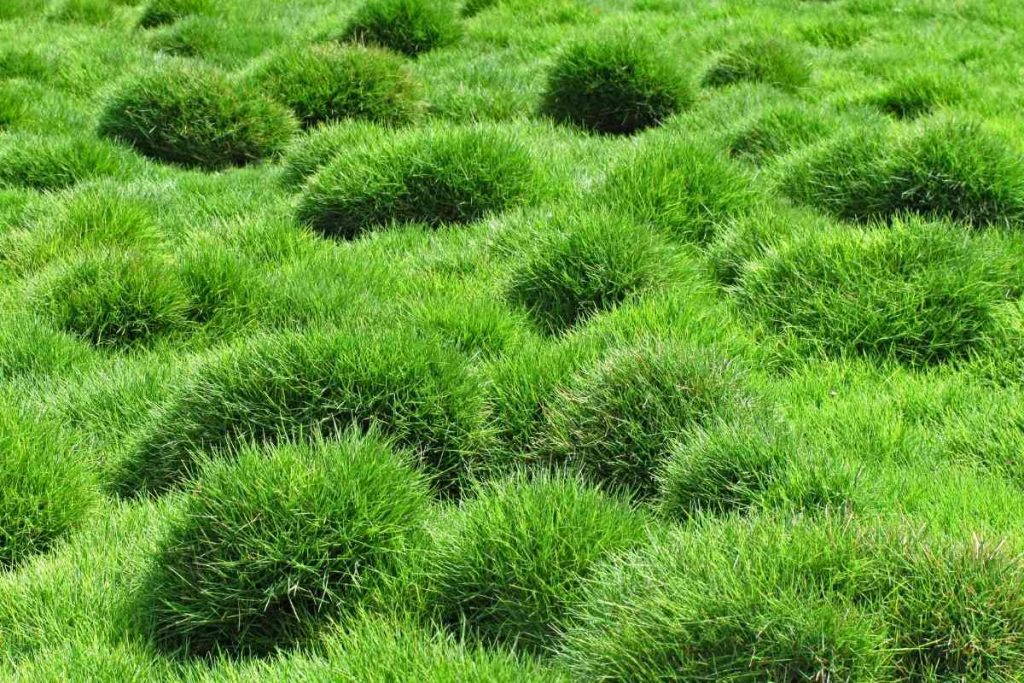
Bermuda grass has a blue-green leaf and grows radially from rhizomes and stolons once established, forming vast areas on lawns. Stolons can be seen spreading across sidewalks and driveways.
The spots are plainly visible when cool-season turf is affected by heat or drought in the summer. Patches can also be seen in the early morning when the Bermuda grass has a heavy dew on its leaves. Bermuda grass appears as brown, dormant portions of turf throughout the winter months.
The leaves can be densely or sparsely hairy depending on the biotype, but the ligule will always have hairs.
The Bermuda grass seed head has finger-shaped spikelets that resemble crabgrass. From mid-summer through late-fall, Bermuda grass will yield seed heads. Spikelets usually have between 3-6 spikes.
What Is Zoysia Grass?
Zoysia Grass is a thick, drought-resistant grass that thrives in hot weather. It becomes brown in the Fall and Winter in a Midwestern climate. In the summer, it doesn’t need as much water to stay green; thus, less sprinkling and irrigation are required.
Because this grass cultivar grows slowly, it does not require as much mowing. On the other hand, Zoysia propagates laterally, or creeps, and spreads quickly, often outcompeting weeds and other grasses.
It doesn’t spread quickly at first, so instead of sowing, it’s commonly planted with sod rolls or little two-inch-by-two-inch sod “plugs.” Zoysia grass has a lot of thatch and requires more frequent aeration than other lawns.
Due to its strong tolerance for intense traffic is commonly planted on golf courses, baseball grounds, and football fields.
Zoysia Grass Identification
In the summer, Zoysia grass is green, and in the winter, it is brown. In the spring, it is frequently the last of the winter-dormant grasses to emerge.
When you walk over turf, it feels “spongy” instead of the “hard” feel of Bermuda grass. During the winter, it turns a golden-brown color. Leaves range in size from one-sixteenth to one-eighth inch in width.
Bermuda Grass Vs Zoysia Grass
Maintenance
Bermuda grass prefers full sun, although Zoysia can tolerate little shade. For optimal development and distribution, both require a soil pH of 5.5 to 7.
During the spring and summer, you must irrigate and water both grass kinds regularly and maintain a 1-inch water level.
Growth
Compared to Bermuda grass, Zoysia takes much longer to grow and fill up the lawn. Although Zoysia can fully develop and cover the grass in one year under optimum conditions, it usually takes two to three years.
On the other hand, Bermuda grass grows extremely quickly and can completely cover a lawn in just one year. However, Bermuda’s vigorous growth makes it an invasive plant that, if not properly maintained, can quickly spread into other parts of your yard.
| Bermuda grass | Zoysia grass | |
| Color | It is light green in color | It is usually light to medium green. |
| Texture | It possesses a coarse texture | It has a fine texture and forms a dense, flurry turf. |
| Shade tolerance | It does not do well in the shade and prefers full sun. | They perform best in full sun but tolerate light to moderate shade. |
| Drought resistance | It is generally touted as the most drought-resistant plant. | It’s very efficient at conserving moisture and resisting drought. |
Is Zoysia grass better than Bermuda?
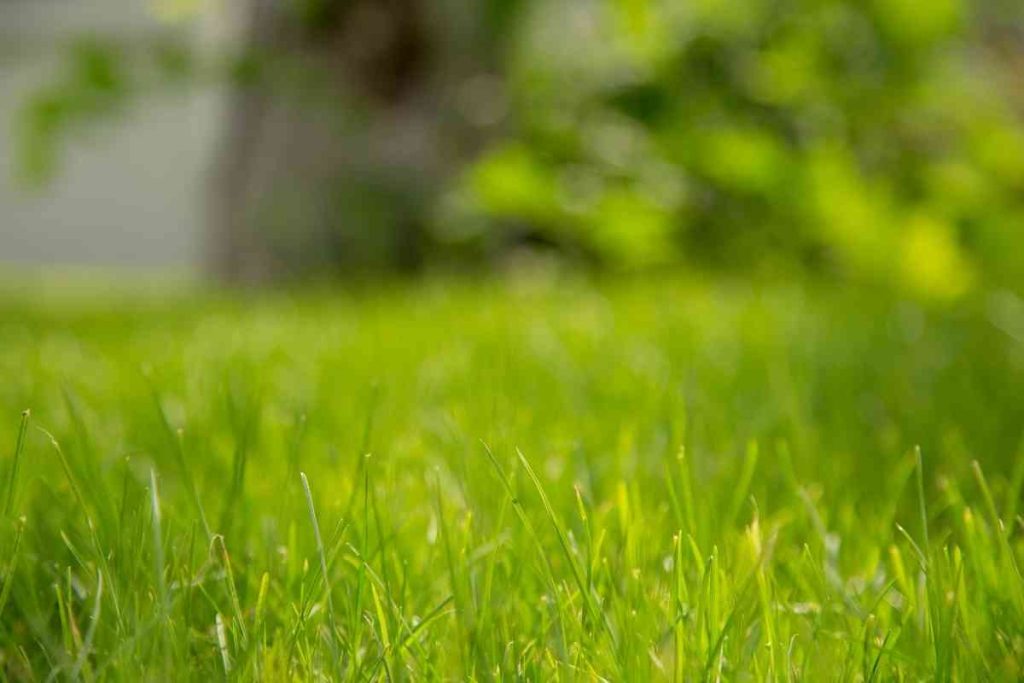
While both Zoysia and Bermuda grass are known to be traffic-tolerant, Bermuda grass is more durable and can withstand higher traffic, such as children playing on the lawn on a regular basis.
Although Zoysia is more resistant to disease and pests than the other, both varieties are susceptible to these issues.
Frequently Asked Questions
Can I mix Bermuda and Zoysia?
In general, zoysia plugs will never be able to compete with Bermuda, which grows faster and more aggressively. If you have some regions with at least 5 hours of direct sunlight, zoysia sod should thrive.
Will Bermuda grass choke out Zoysia?
Bermuda is a considerably more aggressive, fast-growing creeper that will eventually supplant Zoysia. Bermuda is nearly tough to eradicate because the microscopic seeds persist for years after the destruction. Furthermore, Bermuda spreads by branches and rhizomes both above and below ground. It may be time to spread Bermuda, as removing it would leave holes in the slow-growing Zoysia that will last for years.
What grass blends well with Bermuda?
Bermuda blends well with St. Augustine because it rapidly fills gaps in the lawn that would take longer to reach with all sod. Planting Bermuda grass seed is less expensive, and it spreads swiftly across your lawn.
Is Zoysia more expensive than Bermuda?
Zoysia grass is unquestionably more costly than Bermuda grass. Compared to the ubiquitous Bermuda grass, which is easily available in seeds, most types of Zoysia are only available in sod or plug form.
Conclusion
Although Zoysia outperforms Bermuda grass in some regions, Bermuda grass outperforms Zoysia in others. From a broad perspective, this article compares Zoysia and Bermuda grasses.
Because they were bred at different eras with different aims in mind, each zoysia and Bermuda cultivar behaves differently.
Recommended Articles:
- Bermuda Grass Vs Fescue
- Blue Star Creeper vs Creeping Thyme
- How To Keep Bermuda Grass Out Of Flower Beds
- Will Grass Grow Back After Dog Urine?
- Virginia Creeper Vs Poison Oak

